- What are vital signs?
- What is a normal oximeter reading?
Vital signs are measurements of the body’s basic functions. Normal vital signs change with age, sex, weight, exercise tolerance, and overall health. The four main vital signs that are usually monitored include:
- Body temperature
- Pulse rate (heart rate)
- Rate of breathing (respiration rate)
- Blood pressure
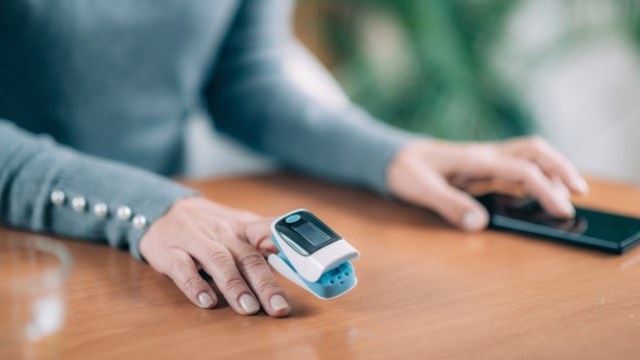
Pulse oximeter readings chart
Often called the “fifth” vital sign, pulse oximetry is a non-invasive way to monitor oxygen saturations. Prior to the use of pulse oximeters, the amount of oxygen in the blood could only be measured by drawing blood directly from an artery and analyzing that.
Pulse oximetry is generally done by using a device placed on the end of a finger or on the earlobe. Light of two wavelengths passes through the tissue and the oxygen saturation is measured. The measurement is the percent saturation of oxygen which is being carried by hemoglobin in the blood. Hemoglobin is the oxygen carrying pigment in our red blood cells.
A normal reading is 95% to 99%. Readings below 90% often indicate that someone needs to have supplemental oxygen.
Pulse oximeter oxygen saturation
Pulse oximetry allows a rapid noninvasive estimate of arterial oxygen saturation. Since its development in the 1970s, it has made a significant impact, particularly in the fields intensive care medicine.
Most modern pulse oximeters determine arterial hemoglobin saturation through the use of two lightemitting diodes in the red (660 nm) and infrared (940 nm) spectrum.
The differential absorption of these two wavelengths of light by oxygenated and deoxygenated hemoglobin during pulsatile blood flow allows for accurate estimation of arterial oxygen saturation under most conditions.
However, pulse oximeters can give erroneous from a variety of causes, including hypoperfusion, nail polish, darker skin pigmentation, venous pulsations, and, perhaps most frequently, motion artifact.

Medical Grade Pulse oximeter
Clinicians must consider these possible causes of error when interpreting pulse oximetry results, especially those that are not consistent with a patient’s clinical status and medical history.
Clinically significant desaturations in an ambulatory setting are uncommon in patients without significant pathologic pulmonary conditions or pulmonary vascular disease.
The potential of erroneous readings must be considered, especially measurements made during exercise.
Pulse oximeter 6 minute walk test
Continuous pulse oximetry is commonly combined with a 6-min walk test (6MWT) in the ambulatory setting when evaluating dyspnea.
Prior American Thoracic Society guidelines for the 6MWT recommend against continuous monitoring of oxygen saturation during a 6MWT3 because of concerns about erroneous readings.
Prior studies have shown significant inaccuracies in this setting, likely due to motion artifact.
In addition, many handheld pulse oximeters available in the office setting do not display oximetry waveforms or alternative evaluations of measurement quality.
This leads to a greater risk of misinterpretation, as a digital readout is assumed to be accurate without a proper understanding of how that measurement is made.
6-minute walk test normal values
However, more recent European Respiratory Society/American Thoracic Society guidelines for field walking tests (including 6MWT) support the use of continuous oximetry because of evidence showing that the lowest saturation does not necessarily occur at the end of the test.
Patients suspected of having desaturations by pulse oximetry during a 6MWT are regularly referred to our facility for formal cardiopulmonary exercise testing.
These evaluations are a source of significant expense, including that of the cardiopulmonary exercise testing itself, as well as risk to the patient from invasive procedures or radiation exposure that may be unnecessary if their pulse oximetry testing results were inaccurate.
Pulse oximeter uses and limitations
Applications for use:
Pulse oximetry is used extensively in medical offices and hospitals. It is also now widely used in the home setting to monitor people with heart and lung problems. Uses include:
- Monitoring the level of supplemental oxygen needed for someone with COPD, CHF,or other diseases.
- Monitoring someone who is ill with a respiratory infection.
- A fall in oxygen can be a warning that the person needs further evaluation immediately.
- Monitoring oxygen levels during sleep can help diagnose sleep apnea.
Pulse oximeter false readings
There are some limitations of this technology and can result in either falsely low or high oxygen saturation readings:
- Low blood pressure as blood does not circulate well into the hands.
- Hypothermia (very low body temperature) as blood vessels will constrict or narrow.
- Motion such as shivering or seizures can affect readings.
- Congenital medical conditions of abnormal hemoglobin or severe anemia canaffect readings.
- Poor sugar control in diabetics has been associated with high oxygen saturation readings due to an increase in oxygen “sticking” to hemoglobin in the blood.
- Nail polish or artificial nails could affect the reading but the probe can be placed sideways on the finger so that the pulsed light does not go through the nails. Dark skin pigmentation can also affect readings.
- Intense daylight, fluorescent light and other intense light can cause falsely lowreadings.
Pulse Oximeters: Answering Your Frequently Asked Questions
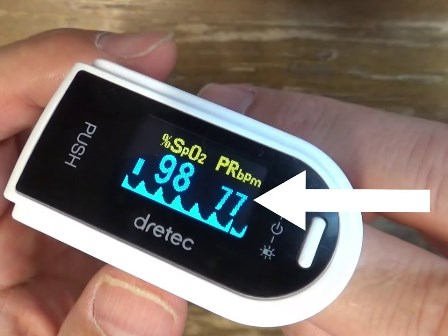
What are the 2 readings on a pulse oximeter?
A finger pulse oximeter measures two things:
-Blood Oxygen Saturation
-Pulse Rate
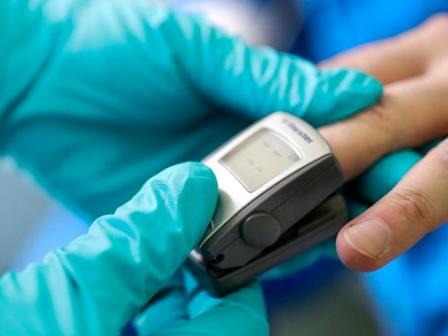
Normal pulse rate in Oximeter
A normal resting heart rate for adults ranges from 70 to 99 beats per minute. Generally, a lower heart rate at rest implies more efficient heart function and better cardiovascular fitness.
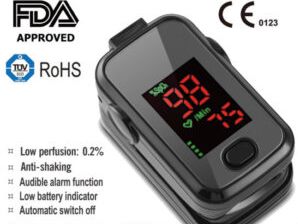
FDA approved pulse oximeter
Pulse oximetry is a test used to measure the oxygen level (oxygen saturation) of the blood. It is an easy, painless measure of how well oxygen is being sent to parts of your body furthest from your heart, such as the arms and legs.
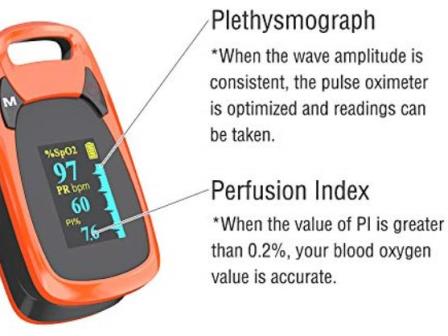
How to increase perfusion index?
First, you have to understand the perfusion index and the Spo2 values (Plethysmograph).
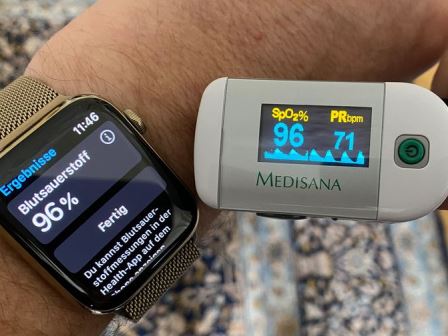
Is it Normal for Oxygen Levels to Fluctuate?
Normal oxygen levels can fluctuate based on several factors, such as chronic illnesses, high altitudes, or respiratory illnesses.
